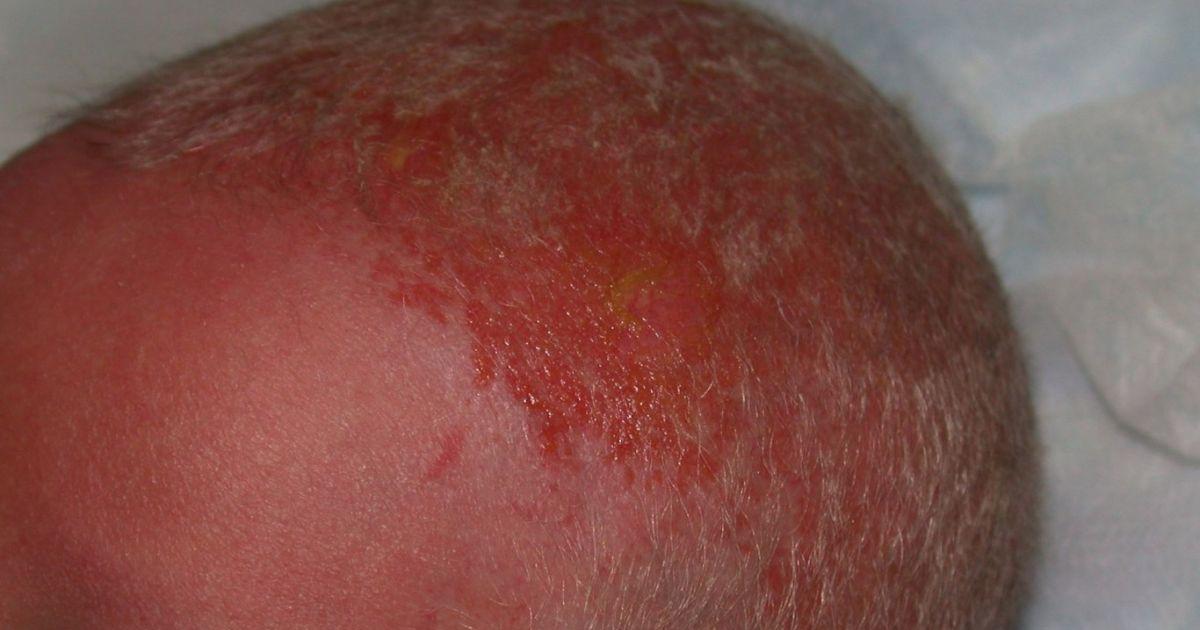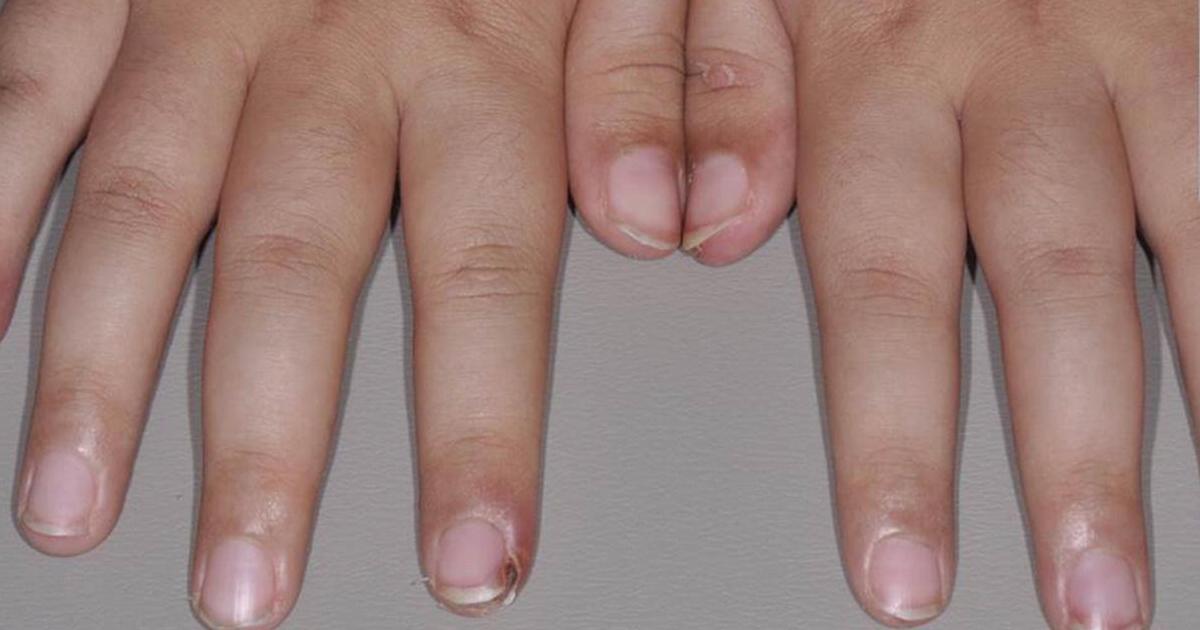What Are The Symptoms Of Hay-Wells Syndrome?
Hay-Wells syndrome is an uncommon disorder characterized by a range of symptoms that may affect the hair, teeth, skin, nails, hands, feet, and certain glands. Mutations of the TP63 gene are responsible for causing Hay-Wells syndrome. Most individuals who develop Hay-Wells syndrome have no previous family history of the disorder and develop it sporadically. When this syndrome is inherited from family members, it is done so in an autosomal dominant fashion. The abnormalities that occur as a result of this disorder form during an individual's embryonic stage development.
Hay-Wells syndrome is treated based on the specific symptoms a patient is experiencing. Treatment also focuses on the prevention of further complications. Patients who go untreated can develop tooth decay, secondary infections, alopecia, malnutrition, loss of hearing, emotional stress, and many other serious medical problems. Although Hay-Wells syndrome has a wide range of symptoms, there are several most cases will exhibit.
Missing Skin Patches

Missing skin patches or skin erosion is characterized by the loss of all or some of the epidermis, leaving a bare surface. Skin erosion may also be described as shallow wounds of the epidermis. Skin erosions are usually mildly inflamed, reddish, and painful to the touch. Missing patches of skin is an extremely common symptom that manifests in Hay-Wells syndrome patients. These erosions most commonly occur on the scalp, hands, neck, and feet. This disorder causes skin erosion to occur throughout a patient's childhood and adulthood frequently.
These types of erosions on the epidermis of affected individuals can be mild or severe in nature. Severe skin erosions can cause the patient to contract an infection, develop scar tissue on the skin, or lose hair in the affected area. Individuals who have Hay-Wells syndrome patients also have dysfunctional wound healing mechanisms that make it more difficult for their body to heal skin damage than it is for an unaffected individual.
Misshapen Finger And Toenails

Nail dystrophies or misshapen finger and toenails are a common symptom that occurs in individuals who have Hay-Wells syndrome. The mutations that cause Hay-Wells syndrome to develop can also cause disruptions in the numerous keratinous layers of the fingernail and toenail plates. Most often, these plates develop only partially or into irregular shapes. In addition, soft yellow keratinous material often builds up between the misshapen fingernail or toenail plate and the bed of the nail.
This build-up of material causes the plates to become abnormally elevated in some individuals affected by Hay-Wells syndrome. The nails in affected individuals may also be smaller than average and or thicker than normal. The nails of these patients may also exhibit excessive ridging and or a hyperconvex shape. In addition, individuals affected by Hay-Wells syndrome may also have very brittle finger and toenails with the absence of normal growth. In some cases, the irregular shape of the nails can cause the patient to develop frequent cuticle infections.
